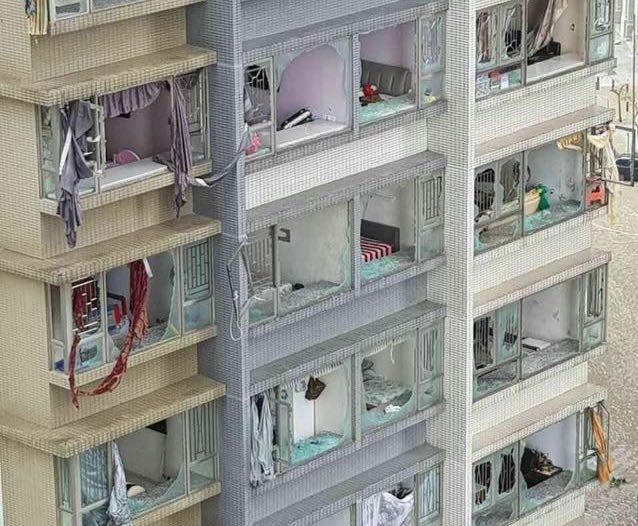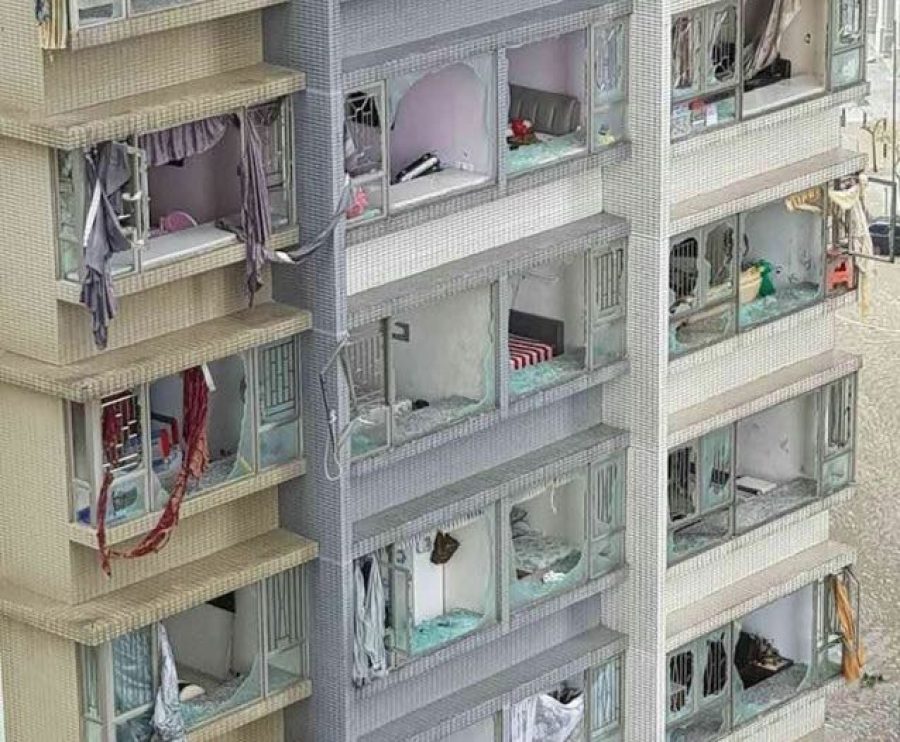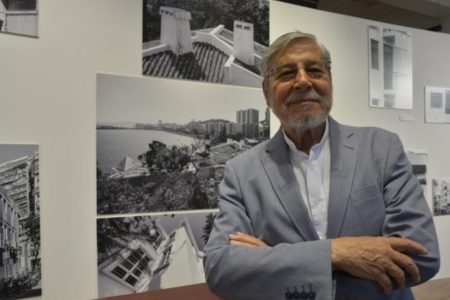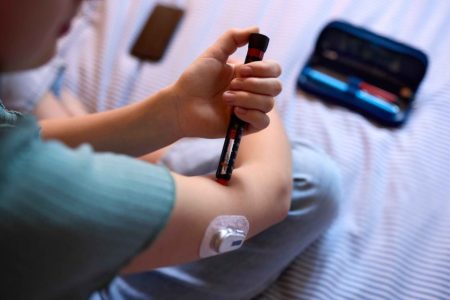Six people were killed and about 150 were injured, some seriously, when Macau was hammered by Typhoon Hato Wednesday with a wind speed of 240 km/h at one point, coupled with high tide that caused severe flooding in low-lying areas, causing a city-wide blackout, water supply stoppages and telecommunication breakdowns.
Airport flights and connections to Hong Kong by sea where also suspended during the storm.
Officials have warned sea levels could rise up to three metres, posing a risk of serious flooding in low-lying areas.
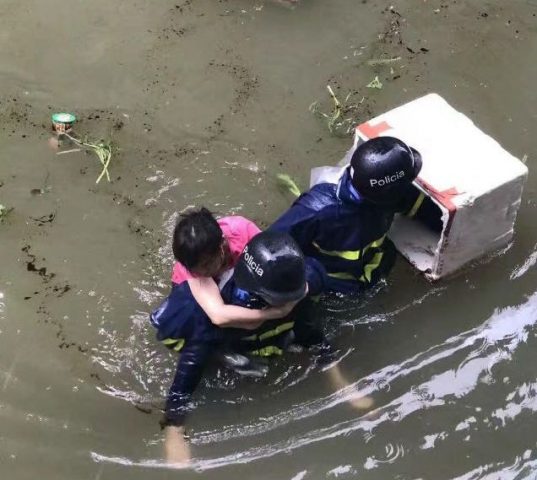
A special disaster relief taskforce and the Unitary Police Services (SPU) said in a press conference that six people died during the onslaught, including one mainlander.
Typhoon-related fatalities and injuries have been virtually unheard-of in Macau over the past two decades.
Chief Executive Fernando Chui Sai On, who went on an inspection tour of the government’s disaster relief efforts when the typhoon was still raging, sent his deepest condolences to the bereaved families.
The disaster relief authorities reported 207 incidents caused by the typhoon, such as falling trees, antenna cables and advertising boards.
Residents said the city looked like a “war zone” after Hato had made landfall.
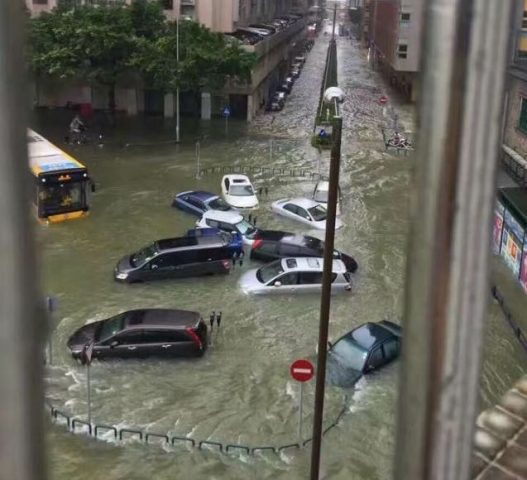
According to the Macau Post Daily the Meteorological and Geophysical Bureau (SMG) hoisted typhoon signal No. 10 at 11:30 a.m on Wednesday after it had hoisted the No. 9 signal at 10.45 a.m. The bureau had hoisted the No. 8 signal at 9 a.m. All typhoon signals were downmany homes and offices were still without electricity and tap water early this morning.
It was the first time since 1999 that Macau hoisted the No. 10 signal, the highest typhoon warning signal, officials said.
Different parts of the city began to be affected by a massive blackout after 12:30 p.m.
According to power utility CEM, its electricity supply from the mainland was interrupted at that time after which local power generators were used. About 80 percent of Macau’s power supply is usually imported from the mainland via Zhuhai city, which also was severely affected by Hato. Almost all of Macau’s tap water is imported from the mainland.
CEM said in a statement that some of its power supply facilities have been damaged by the floods in various areas, adding that it would take some time to remedy the situation.
Residents said the massive outage and water supply interruptions were the most serious since Macau’s reversion from Portuguese to Chinese administration in 1999.
Many residents in Fai Chi Kei district still had no electricity and water supply after midnight.
Photos of the severe flooding affecting vehicles, streets and car parks went viral on social media. Some streets and basement car parks, such as the main thoroughfare Avenida de Almeida Ribeiro, turned into streams and waterfalls.
Authorities confirmed, meanwhile, that ferry terminals an some of the border check points have been damaged.
The Macau Cultural Center and the Science Centre have been also damaged by the typhoon.
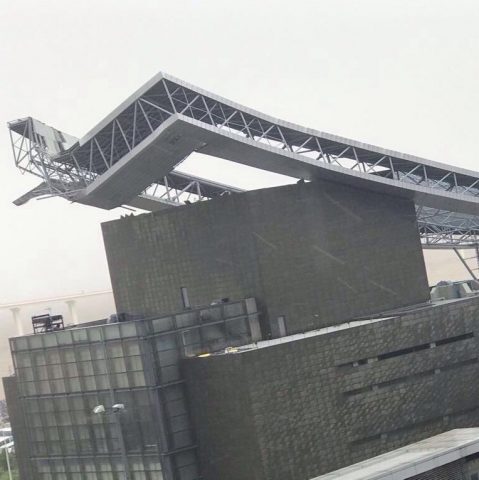
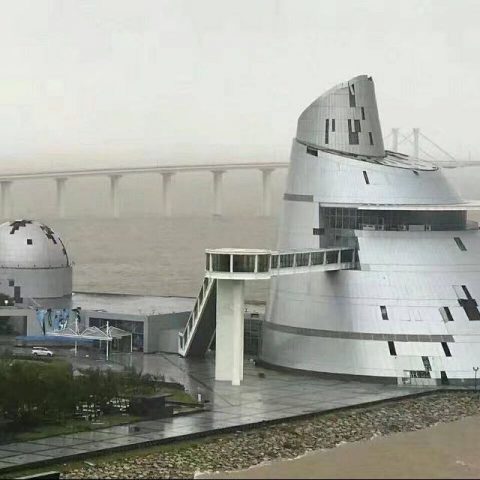
The blackout also severely affected casinos and hotels in Cotai and on the peninsula.
Galaxy Entertainment Group said in a statement that an emergency response taskforce was formed at noon to “repair all affected facilities”. Many hotels were also affected by the outage and water supply interruptions. Some hotel reportedly turned new guests away Wednesday and cancelled reservations for today.
Almost all shops, offices and restaurants outside hotels remained closed during the day. Only a few opened for business at night.
Convenience stores and 24-hour supermarkets did roaring business Wednesday night. Many street and traffic lights were damaged by Hato. Hong Kong-Macau ferry services and flights at the local airport were resumed Wednesday night.
Civic leaders said it would take the city several days to return to normal.
